

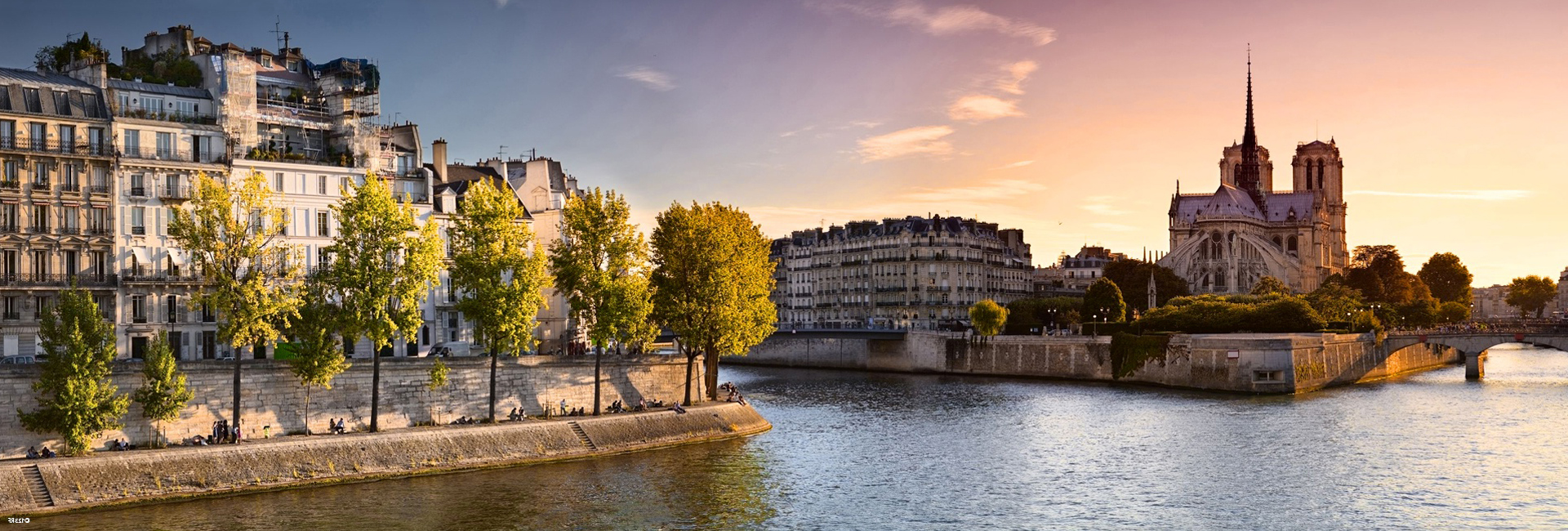
Chateau of Versailles
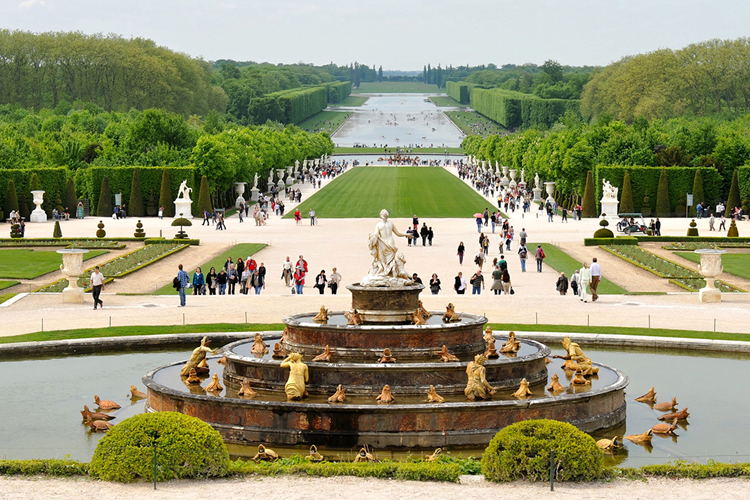
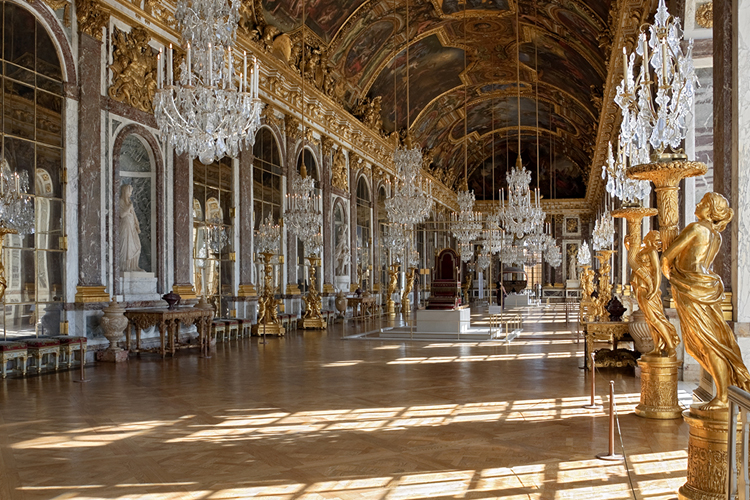
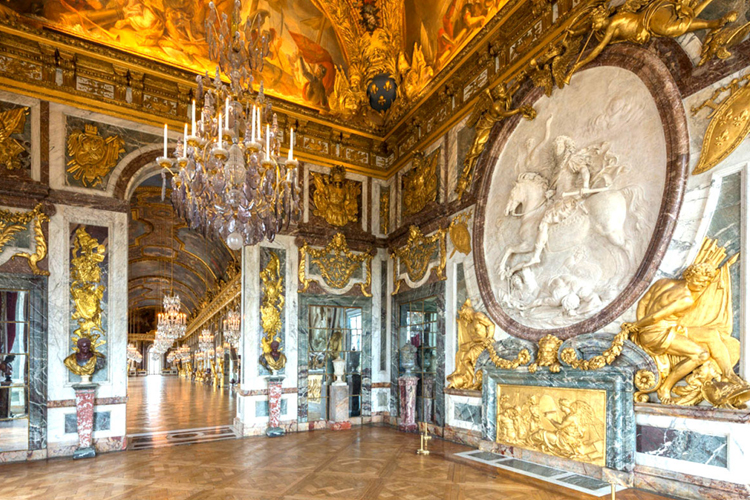
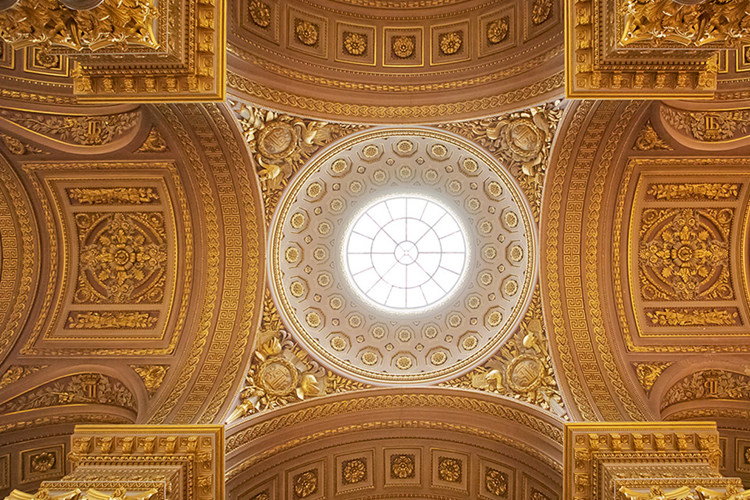
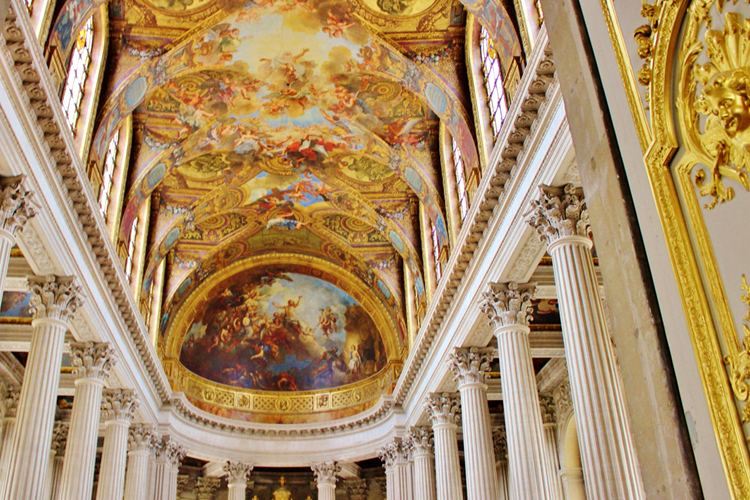


Overview
When the Versailles Palace was built, the city of Versailles was a country village; today it is a suburb, some twenty kilometers southwest of Paris. The court of Versailles was the center of political power in France from 1682, when Louis XIV moved from Paris, until the royal family was forced to return to the capital in October 1789 after the beginning of the French Revolution. Versailles is therefore famous not only as a building, but as a symbol of the system of absolute monarchy of the "Ancient Régime" in France
Itinerary
-
1
Versailles
Symbol of the glory of France, Versailles is a complex of castles and palaces and was the most important kings of France and mainly residence of Louis XIV, Louis XV and Louis XVI. Ranked 30 years at the World Heritage Site, the Palace of Versailles is one of the finest achievements of French art in the seventeenth century. The old Louis XIII hunting lodge was transformed and enlarged by his son Louis XIV, who installed the court and government of France in 1682. Until the French Revolution, kings have succeeded, each in beautifying turn the Castle. The castle itself, home to the Great Hall of Mirrors and the State Apartments of the King and the Queen, consists of a succession of elements having a beautiful architectural harmony and spreads over 67,000 m² for 2 000 coins. The park of Versailles meanwhile extends over 800 hectares, 90 hectares of gardens and comprises of prestigious elements, among the most famous, the Grand Trianon, the Petit Trianon, the Grand Canal, The orangery and the hamlet of the Queen. Today, the Palace of Versailles is one of the most visited monuments in France for its architecture, for its fantastic gardens but also for its history.
-
2
Versailles Palace
THE HALL OF MIRORS The Hall of Mirrors connects the two wings of the Palace of Versailles, it measures 73 meters long, 10 meters wide and 12 meters high. The Hall of Mirrors is lit by 17 windows and covered with 357 mirrors which has manufacturing was a technical feat. The ceiling paintings were military successes for about the first twenty years of the reign of Louis XIV and are a tribute to the power and glory of the king. The Hall of Mirrors is essentially a place of passage for dazzle visitors and served as a framework to extraordinary hearing of the King who was moved for the occasion his silver throne. She was naturally the main framework of the great festivals of the court. Visitors are taken to reflect while the image of the lawns and gardens of Versailles castle multiplies around them, made a thousand times by the walls of mirrors.
-
3
THE KING'S GRAND APARTMENT
The King's State Apartments consists of 7 interconnecting pieces that each refers to mythology : The living room of abundance The Venus Salon Diana's Salon The living room of Mars The Mercury Salon The living room of Apollo The Salon of War The Great King Apartments are the "public" part of the life of the monarch, who received with pomp the court and foreign ambassadors. He unfolded it, especially in the time of Louis XIV, a true staging of absolute power : Grand stand, official receptions, banquets, concerts... The decor, infinitely rich, is a true work, and there is no ceiling inch upholstering furniture or which extols the virtues of the King. The walls of the Flat are paneled in marble and were exposed to the royal collection of statues and antique busts or enriched paintings some of which is now in the Louvre Museum.
-
4
THE QUEEN'S GRAND APARTMENT
Grand Queen apartment is composed of : The room of the guards The antechamber of the Grand Couvert The room noble The bedroom The living room of Peace Ceilings of the rooms that comprise the Grand Queen apartment are devoted to the same gods as those of the great King of apartment living rooms, but illustrated heroines of mythology. The Queen spent much of his time in his room, where she received the ladies of the court in the morning at sunrise and granted private audiences. The current furniture you will see when visiting is essentially the one that was in place in 1789 on the day of the arrest of the royal family. Marie Antoinette will flee through the left door to escape the rioters who had broken into his apartment.
-
5
The park and the gardens of the Versailles Palace
The Versailles castle park covers more than 800 ha. In this fully enclosed park are several monuments and sights that make The Versailles Palace Also Fame : The Orangerie, the Grand Canal, the French gardens, ponds, and the queen's domain comprising all far in the Grand Park Petit Trianon and the Grand Trianon. One can consider a visit to Versailles without discovering the huge park complex, gardens, groves, grottoes and fountains, built between 1661 and 1700 by master gardener Le Nôtre. Considering the park of Versailles as the model of regular garden "à la Française", adorned with marble statues, bronze or lead, and animated pools with water games and or the myth of Apollo, god of the sun, is always present.
-
6
THE ORANGERIE
At the bottom of the castle, the Orangerie of Versailles is located under the " Parterre du Midi ". It consists of a central gallery of 155 meters long surrounded by two side galleries located under the "Hundred Steps stairs". The orangery has a height of 13m and contains more than 1000 trees, orange, lemon, pomegranate, some centuries old, oleanders... and the whole is lit by large windows. Trees produce little fruit and gardeners of Versailles out of the mid-May to mid- October each year.
-
7
THE GRAND CANAL
The large channel cross-shaped, with a length of 1.5 km and a width of 62 m and a total circumference of 5.5 km, continues in its main axis view of the garden of Versailles to the infinite. Bordered beech, oak, cherry fresnes and it forms a harmonious whole. The Grand Canal is at the sumptuous royal feasts, as a starting point fireworks, but also as real stage set. The Grand Canal hosted the time of Louis XIV a substantial fleet : a three-masted ship, a galley, rowboats, gondolas from Venice... From a practical point of view the Grand Canal, situated below the castle, also used to recover water fountains, which were then pumped back to their starting point.
-
8
THE BASINS AND FOUNTAINS
The Château de Versailles gardens feature over 30 pools including the famous Fountain of Neptune (which represents Neptune, the god of the seas and oceans, his wife, the ocean god, dragons and cupids), Bassin d'Apollon (which represents the chariot of Apollo and Apollo conqueror on his chariot drawn by four horses), Latona fountain... Each pool has water jets to participating alongside the 50 fountains in the garden at the magnificent spectacle of the musical fountains of Versailles. The Bassin de Neptune has almost 150 water effects alone at these shows ! In addition, all weekends and holidays from April to October, the fountains come alive and you will attend the famous show of great waters on baroque music.
-
9
The Marie Antoinette's Domain
Visiting the area of Marie Antoinette includes : Castle of the Petit Trianon The Little Theatre The chapel of the Petit Trianon The pavilions of the French garden The castle of the Grand Trianon And many other buildings in the heart of a set of gardens, hills, cliffs and rivers... an artificial landscape recreating nature. It was for Marie Antoinette, sovereign loving nature, a haven of leisure and privacy, away from the pomp and stifling protocol of the Court. At the heart of this area is the Petit Trianon, Gift of Louis XVI...
-
10
THE PETIT TRIANON
Masterpiece of the estate of Marie Antoinette Petit Trianon is a castle built in the park of Versailles under Louis XV and that was offered to Marie Antoinette by Louis XVI. The square building rises on three floors. The central door opens to the staircase of the castle decorated with a beautiful wrought iron railing. On the first floor are the reception rooms and the Queen's apartment. Around the Petit Trianon can see what made the reputation of this palace : French garden with its chapel and the small theater Marie Antoinette, the English garden with Beveldère, the temple of love and the hamlet of the Queen.
-
11
THE GRAND TRIANON
The Grand Trianon or marble Trianon was built under Louis XIV. The Emperor Napoleon occupied it and refurnished, Louis-Philippe had it restored. Louis XIV built to obtain a pension at the end of the park of Versailles, far easements power and the crowd of courtiers and you could get there by boat, through the Canal. The palace consists of two sets of buildings joined by a peristyle topped columns, which lets see the garden and flower beds. Its architecture is the Italian to a simple ground floor, covered with a flat roof hidden by a balustrade.
Price Per Person
| 1 Person(s) | Up to 10 Person(s) | € 45 |
The Price Includes
- Entrance Ticket with priority access
- Audio-guided visit of the Castle and Gardens
The Price does not Include
- Extras and Personal Expenses
- Hotel pick-up and Drop-off
- Meals
- Beverages
- Tipping
Children Policy
- Child up to 2 years old totally free of charge
- Child between 2 and 5.99 years old pay 50% of adult rate
- Child between 6 and 11.99 years old pay 75% of adult rate
- Child 12+ years old is considered as adult person and pay same rate
You may also like

Seine River Cruise
River Cruise
Soak up Paris atmosphere from the river on board of a Seine cruise
From € 14 / person Read More
Seine River Cruise Lunch
River Cruise Lunch
Experience Lunch cruise on a sublime boat with an exceptional 350 m2 terrace, A refined and gourmet menu, cooked on board, Musical atmosphere with a live singer
From € 69 / person Read More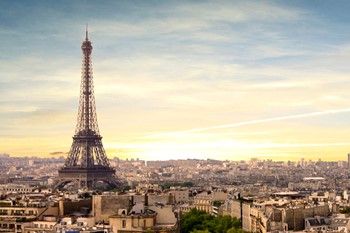
Eiffel Tower
.
Eiffel Tower ... Discover the Eiffel Tower with access tickets. You will enjoy the wonderful view of Paris from the top of the Eiffel Tower.
From € 35 / person Read More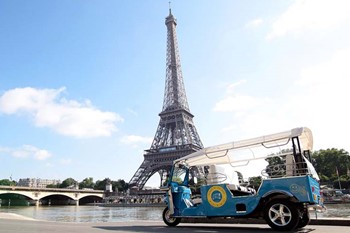
Best of Paris
City Tuk-Tuk Tour
Awesome views, history, vibrant atmosphere and a lot of fun - all of these in a 2-hours private Tuk-Tuk tour
From € 40 / person Read More
Chateau of Fontainebleau | Barbizon Village
Half-Daytour
Discover the Fontainebleau Castle in half a day! During our excursion, you will be charmed by the Fontainebleau Castle, favorite residence of the French Kings, and by the beautiful village of Barbizon, impressionist small village from the early 19th century.
From € 60 / person Read More